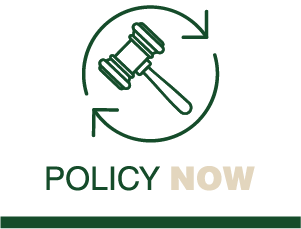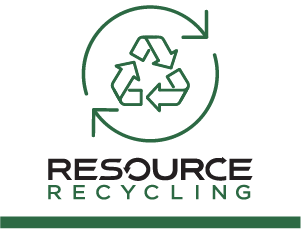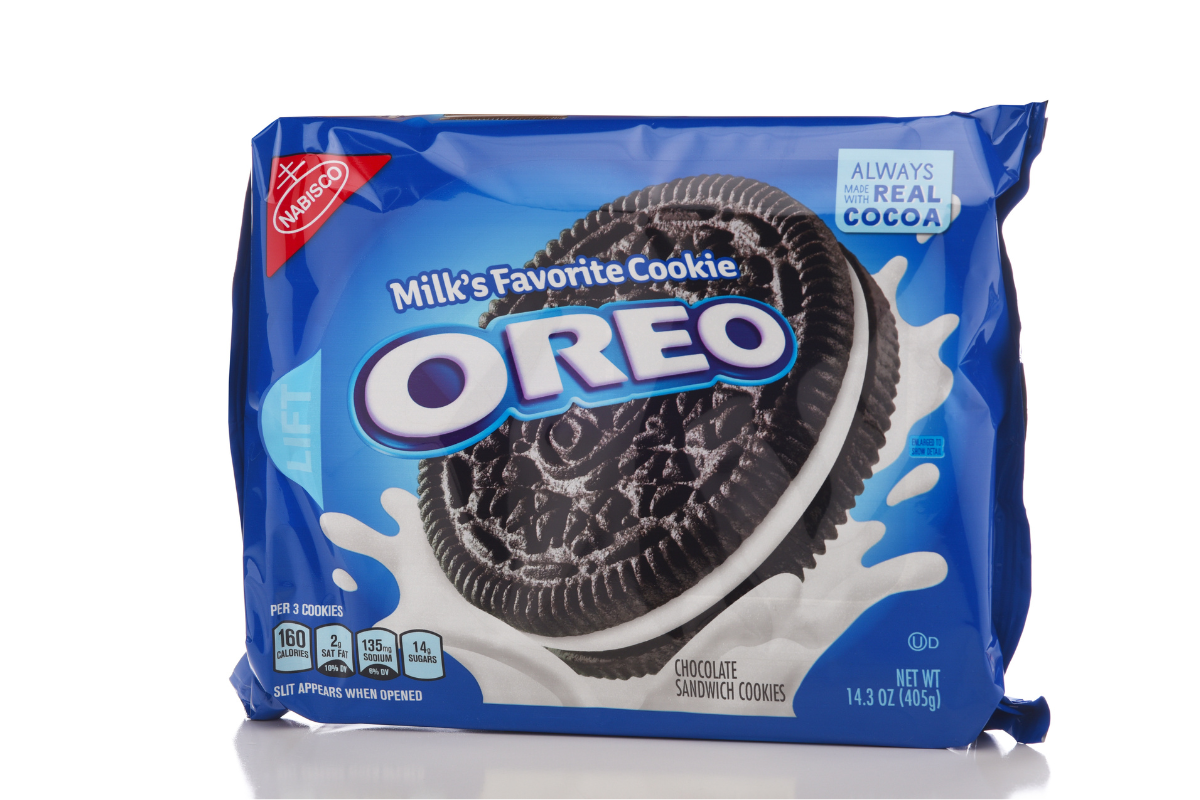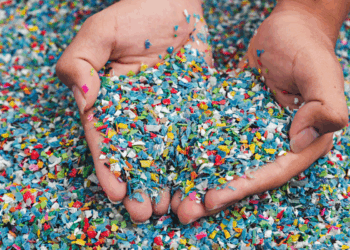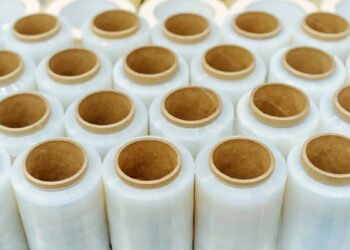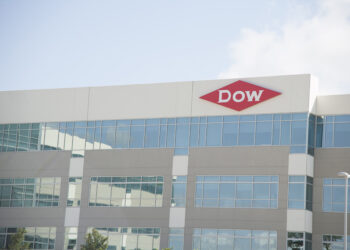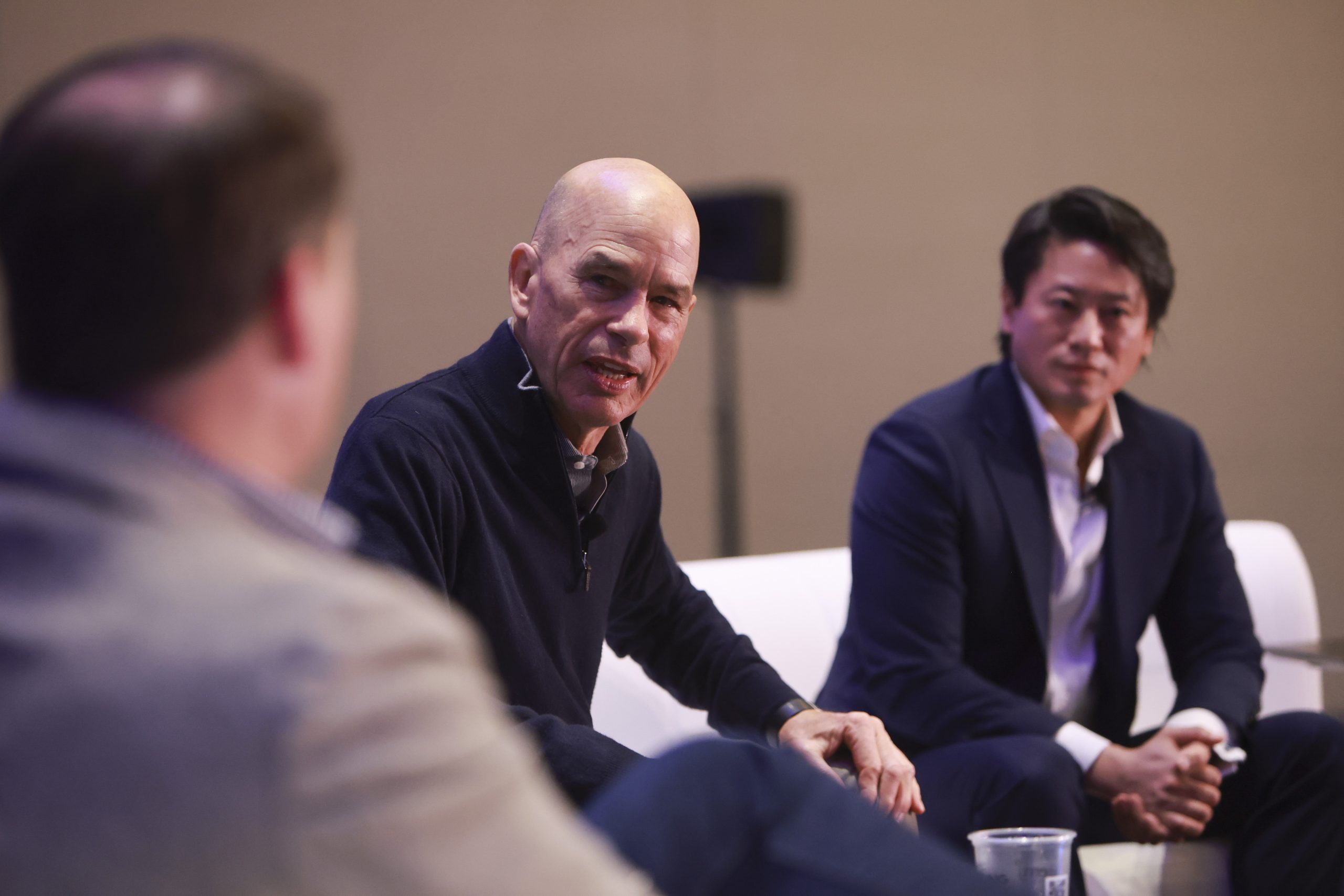Two big food brands and an eco-conscious apparel company reported on their use of plastic resins recently, with Mondelez and General Mills reporting a focus on reducing the use of plastic packaging and transitioning to mono-material packaging, respectively.
Mondelez gets close to some goals
Mondelez’s Snacking Made Right report noted that in 2024, 96% of its packaging was designed to be recyclable, just 2 percentage points shy of its goal of 98% by the end of 2025. That percentage has remained stable since 2022.
Looking at recycled and virgin resin, the report noted that 2024 saw an overall 4.6% reduction in the use of virgin plastic packaging over a 2020 baseline, close to the company’s 2025 goal of a 5% overall reduction. In 2023 it reported a 1.7% reduction, down from 2.9% in 2022 and 4% in 2021.
Overall, Mondelez reported using the following packaging in 2024: 429,400 metric tons of corrugated cardboard; 237,000 metric tons of paper; 124,500 metric tons of flexible plastics; 53,400 metric tons of rigid plastics; 11,200 metric tons of glass; 10,300 metric tons of other flexibles; and 10,000 metric tons of metals.
“As a result of the slowly increasing supply of new materials, such as recycled content for flexible film, as well as successful line trials across a complex network of manufacturing sites, we continue to reduce the use of virgin plastic in our packaging,” the company said in its report.
Mondelez noted that when it comes to rigid plastic packaging, it’s working to reduce the use of virgin resin and offset high category growth by eliminating packaging. It has a goal of a 25% reduction in virgin rigid plastic by 2025. In 2024, it reported a 1.4% virgin rigid plastic reduction, down from 10% in 2023 and 5.4% in 2022.
One example is from Southeast Asia, where the business unit there reduced virgin plastic use by approximately 150 metric tons in 2024 by eliminating plastic trays in its cookie portfolio.
“While we believe we have a strong pipeline of projects for 2025, we anticipate facing challenges in sourcing new materials and overcoming technical challenges to qualify and implement new solutions,” the company wrote.
Mondelez is also looking to recycled resin to help reach those goals, aiming to have 5% recycled plastic content by 2025 across its portfolio. In 2024, it reported 1.6%, continuing its slight upward trend: In 2023, the company reported 1.4%, up from 1% in 2022.
In North America, Mondelez is looking to put up to 50% RPET in cookie trays, and in the U.K. and Ireland, there are plans to wrap about 300 million Cadbury chocolate bars in packaging made using up to 80% ISCC+ mass balance certified recycled plastic, which equals about 600 metric tonnes per year, beginning in 2025.
“We are also converting from plastic packaging to alternative materials, where beneficial,” the report noted.
For example, in 2024 Cadbury converted from plastic to paper outerwrap for some multipacks, and some cookies and biscuits started using paper packaging. The company also plans to use chain of custody certification programs to confirm that its paper-based packaging is sustainably sourced by the end of 2025.
The report highlighted the “many challenges” to a circular economy for packaging, including the variety of national and sub-national policies, “the need to transform complex global supply chains,” and the high cost and limited availability of recycled materials.
“Collaboration is key to overcoming challenges and achieving progress,” Mondelez said, adding that it collaborates with similar companies and other stakeholders on research and development of packaging and on shaping extended producer responsibility policies.
General Mills simplifies packaging
In General Mills’ 2025 Global Responsibility report, the international brand owner reported that 93% of its packaging by weight was technically recyclable or reusable in 2024, about seven points away from its 100% goal by 2030.
“It is critical that we meet this ambition through strategies that best fit our product portfolio while maintaining the safety, nutrition and quality of our products,” the company wrote. “Given the many different types of packaging in our products, innovation in this space requires significant time, investment and collaboration.”
About 13% of the company’s overall packaging is plastics by weight – about 165 million pounds – while 73% is fiber, 7% is steel, 4% is glass, 2% is composite cans and 1% is aluminum.
Of that 165 million pounds of plastic, just over 100 million pounds is flexible plastics (about 45 million pounds of mono-PE, 11 million pounds of mono-PP and 44 million pounds of multi-material), while the rest is rigid (about 47,000 million pounds of PP, just under 10 million pounds of HDPE, 7 million pounds of PS and the remainder of PET or other plastics).
General Mills decided to focus on transitioning packaging to mono-PE, then directing consumers in the U.S. to recycle it through store drop-off programs. So far, it’s changed 46 million pounds from non-recyclable multi-material to mono-PE.
“General Mills recognized early on that the only infrastructure with widespread access for recycling flexibles is through store dropoff bins placed at the front of many retail locations around the country,” the company wrote. “Retailers are able to provide this benefit to consumers by combining their back-of-house pallet wrap with mono-PE packaging and recycling it through responsible end markets.”
To make recycling more convenient for consumers, the company has also been funding The Recycling Partnership Film & Flexible Collaborative, The Association of Plastic Recyclers PE Film Design Guide and The Sustainable Packaging Coalition Flexible Packaging Recovery Collaborative, along with the Flexible Films Recycling Alliance, the report added. (APR owns Resource Recycling, Inc., publisher of Plastics Recycling Update.)
General Mills continued to use at least 35% PCR in its Annie’s and Cascadian Farm branded cereal liners, amounting to about 127,000 pounds, and removed plastic liners from a subset of its frozen breakfast items, eliminating about 63,000 pounds of plastic.
“The majority of our plastic is direct food contact flexible packaging — which does not currently have a widely available and safe food-grade post-consumer recycled plastic alternative,” the report noted. “Partnerships in infrastructure and continued efforts to grow our recyclable material portfolio are critical to increasing the demand for recycled plastics. We are also working to reduce use of plastic packaging overall through strategies that make sense in this context, such as light weighting.”
Cotopaxi
Outdoor apparel brand Cotopaxi reported in its 2024 impact report that it released its first Packaging Roadmap that year “to incentivize swaps towards lower impact and highly recyclable materials, and away from landfill pathways.”
“To establish a cohesive and sustainable approach to product packaging, including bagging, tagging, and protective materials used in transit, Cotopaxi has developed a material hierarchy that classifies packaging components into preferred, accepted, and avoided categories,” the report stated. “Our philosophy prioritizes certified recycled and second-life packaging materials, emphasizing options with accessible non-landfill disposal pathways.”
Preferred components are Forest Stewardship Council-certified materials, 100% recycled paper content, certified biodegradable materials that don’t require industrial biodegradation, certified recycled materials, certified curbside recyclable materials and home/organic compostable materials. Cotopaxi also prefers to reduce its volume of packaging and use the How2Recycle logo on packaging.
In the “accepted” tier are recycled plastics and non-certified recycled paper, while it plans to avoid and phase out virgin plastics, non-FSC-certified virgin paper products and bio-based plastics or “materials claiming to be ‘biodegradable,’ which actually breakdown into microplastics.”
The company used 101,181 yards of deadstock fabric in 2024, which kept the material out of landfill, and lobbied in support of textile EPR.
“Our use of deadstock materials is one way we work to mitigate these impacts and reduce reliance on fossil fuel–derived synthetics,” the report noted.





